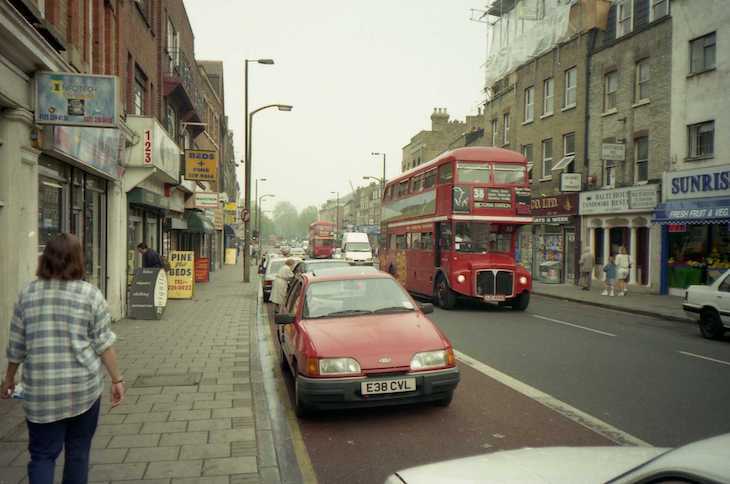
It's one of the most famous streets in London, but its name led us down a rabbit hole of alternative place names.
Upper Street in Islington will be familiar to most readers as the seemingly endless parade of cafes, bars and restaurants between Angel and Highbury & Islington stations.
But implicit in the name 'Upper' is the idea that it must be above or higher than something else. In other words, why is there no Lower Street?
Well, once upon a time, there was. It appears very prominently on this 1862 map published by Edward Stanford:

Anyone who knows the area will immediately see that Lower Street was the former name of what is now Essex Road, or the A104. (Actually, Lower Street only applied to this southern section. As the road headed north it became Lower Road and then Seveney Street.)
The rationale behind the names Upper Street and Lower Street is very guessable. These were the two main streets through the area and one followed higher ground than the other (no prizes for guessing which was which). The height difference is still apparent today, if you glance across Islington Green or along Cross Street, for instance.
The beheading of Lower Street
As it happened, Stanford's map would be one of the last to carry the name Lower Street. The following year, Islington's vestry (local authority) met to determine whether the various parts (Lower Street, Lower Road and Seveney Street) should be united under just one name, as had been recommended by a recent street nomenclature report.
But what to call it?

Retaining Lower Street was deemed to be a poor choice given that it sounded a bit, well, inferior. The vestry minutes (£) note a "very great objection" by local inhabitants to keeping that name. Some had even threatened to move out.
One suggestion was to rechristen the way as St Matthew's Road, to which someone retorted that they should "get a name without going to the Romish calendar for it". Another idea was to call it Raleigh Road.
Yet another proposal was to rename the route as Northampton Road, given that it ran through the Northampton Estate. A Mr Groom objected that "they could not do this because there was a miserable little street in Clerkenwell" of the same name. (A bit of an argument then broke out about whether this was true or not.)
A Mr Starling objected to any name change, observing that it had been Lower Street as long as he could remember and the name "did not imply poverty, but was selected for geographical reasons".
It was Mr Groom who finally hit upon the winning formula, proposing Essex Road for the simple reason that it is the road that leads to Essex. He joked that the name would also have support from those who favoured Raleigh Road, given that both Essex and Raleigh had their heads chopped off. The vestry minutes record laughter at this point.
And so, on 17 July 1863, to chuckles about beheadings, it was decided that Lower Street should itself be executed, to be replaced by Essex Road. It has remained so ever since.




